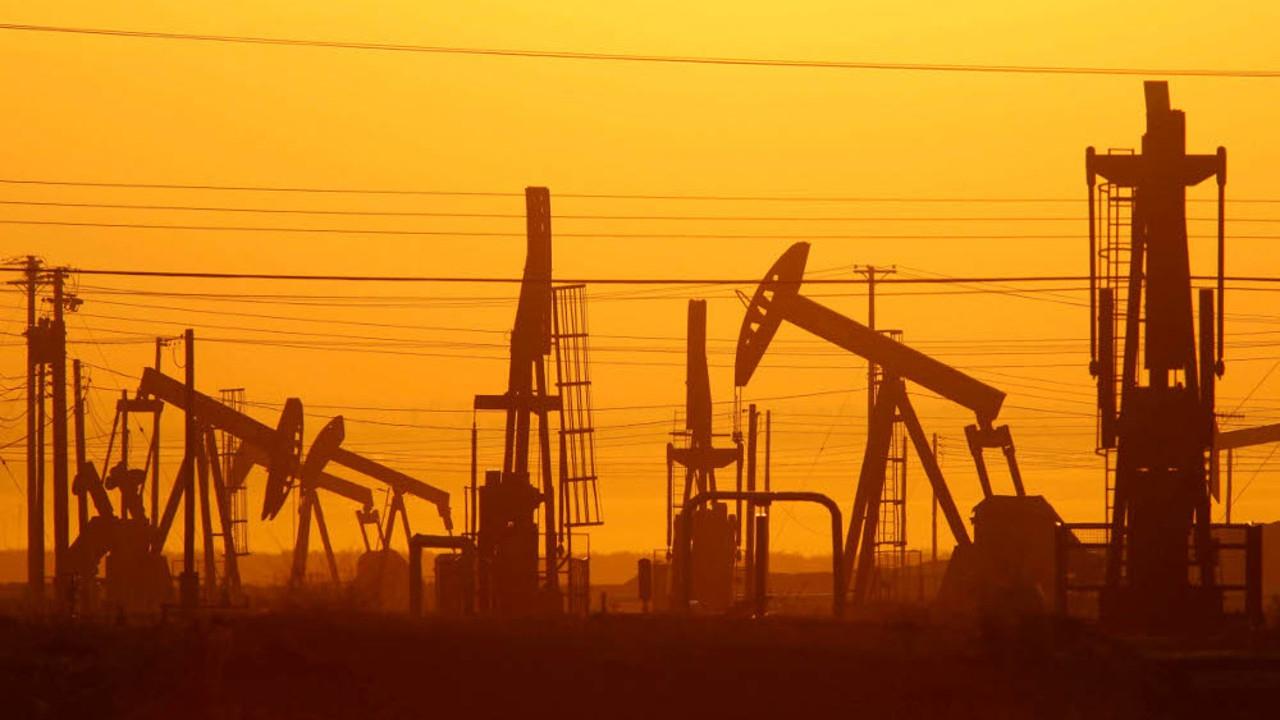OPEC seeks a Goldilocks oil price as Trump shake-up looms
While the major oil producers want and need higher oil prices, they certainly don’t want them to go too high.

The immediate impact of the agreement on markets that had assigned low probability to an agreement was a near-nine per cent spike in oil prices, to more than $US50 a barrel. The markets had been doubtful that OPEC could follow through with the “understanding” reached in September with actual production cuts of 1.2 million barrels a day.
OPEC has delivered on the understanding, with its members agreeing to cut production from the October levels of about 33.8 million barrels a day to 32.5 million barrels a day. Moreover, non-OPEC members, led by Russia, have agreed to an additional 600,000 reduction in production.
The big caveat over the agreement is whether the actions of the producers match their commitments.
In the past, there has been a patchy record of compliance with similar agreements — Goldman Sachs has calculated that, in the last 17 production “cuts” between 1982 and 2009 the actual reductions were only about 60 per cent of the announced levels.
The sustainability of the reduction is also uncertain. The agreement is only for six months, from January, with the option of a further six-month extension.
That relatively short duration points to the strategy that the Saudis, who will bear the brunt of the OPEC cuts with a 486,000 barrels a day reduction, are pursuing.
It was notable that in the communiqué issued at the conclusion of the meeting there was no reference to the oil price, with OPEC saying the cuts were designed to accelerate the drawdown of the overhang of oil inventories and “bring the oil market rebalancing forward.”
OPEC has said that oil inventories within the OECD are about 300 million barrels above their five-year average, with non-OECD stocks also at record levels after two years of oil sector supply outstripping demand. That overhang has acted as a depressant on the oil price and, if allowed to continue to build, would continue to depress it for years.
In other words, the OPEC agreement is designed as a short term and targeted measures to reduce those inventories and bring the market back into balance earlier than would otherwise have been the case. The limited duration of the agreement might explain why Russia has tentatively agreed to wear 300,000 barrels a day of the 600,000 barrels a day of non-OPEC cuts.
The Saudis, who blew up the oil price two years ago when they decided to try to reverse the rise of the US shale oil sector and regain market share by lifting production, are now trying to plot quite a tricky course.
They want and need higher oil prices — the plunge in the price from north of $US100 a barrel to, earlier this year, south of $US30 a barrel has decimated the revenues of the major oil producers, forcing austerity measures on their economies — but they don’t want them to be too high.
If oil prices remain above $US50 a barrel the US industry, which has proven to be far more resilient and dynamic than the Saudis anticipated — will be re-energised.
The plummeting oil price has had less of an effect on US production than anticipated — it is only about a million barrels off its peak of 9.7 million barrels a day — because of the dramatic lowering of costs and increased productivity that the lower prices induced. US shale oil has flattened the global industry cost curve permanently.
There is a lot of latent production in the US, and a lot of drilled-but-not-completed wells which would be profitable at $US50 a barrel-plus oil prices. To avoid triggering a major surge in US shale production, OPEC probably needs to try to manage an oil price of $US50 to $US55 a barrel, rather than something significantly higher.
It definitely doesn’t want a return to the $US100 a barrel-plus prices that prevailed until mid-2014 because that would not only see a dramatic increase in US production but it would accelerate the longer term trend towards alternate energy sources that would more rapidly devalue the reserves of the oil sector and, for the Saudis, complicate their plans to diversify their economy away from its near-total reliance on oil.
OPEC does, however, need somewhat higher prices than we’ve seen over the past two years and not just for the boost to the revenue and budgets of the big producers.
There has been a savage reduction in oil and gas sector investment in exploration and development since 2014 — in future production — that will inevitably show up at some point in the next few years in the form of a deficit of supply relative to demand. Global demand for oil continues to rise steadily, albeit at a slower rate than supply over the past two years.
If the long term goal is to finesse the price to reduce the impact of US shale oil and slow the rate at which oil loses market share to alternate energy sources, then the last thing OPEC would want is another big supply-side shock that sends the price soaring again.
It needs to encourage a return of investment to the sector, which is why it is initially targeting the excess inventory position to try to stabilise prices at the $US50 to $US60 a barrel levels.
Even as OPEC tries to regain some level of influence over the oil market and oil pricing, the election of Donald Trump to the US presidency has added a new element to the strategic equation.
He has promised to deregulate the US energy sector and open up federal lands to onshore drillers. That could significantly increase the size and output — and influence on the overall market — of the US industry.
While it might be counterintuitive, higher oil prices might be welcomed by economic policymakers and not just those in the oil-producing economies.
With the exception of the US, where inflation has been trending back towards targeted levels (and which could be ignited if Trump’s full suite of pro-growth “America First” policies are implemented), persistently low levels of inflation in the post-crisis era have been a factor in the meagre growth levels in much of the OECD.
The highly unconventional monetary policies Europe and Japan have pursued in the post-crisis period, aimed at stimulating growth and inflation, haven’t been helped by the low oil prices of the past two years.
They need inflation to rekindle consumer spending and business investment and to regenerate the flows of cash from the oil producers into the developed economies that have been reversing since 2014 as the oil producers cashed out their foreign reserves to prop up their own domestic spending.
Oil prices within the range OPEC appears to be targeting could therefore be good for growth in Europe and Japan, provided they don’t spike back up towards the $US100 a barrel level.
They could, moreover, help accelerate the normalisation of global bond yields that has been occurring since Trump’s surprise/shock success.
The prospect of accelerated growth and higher inflation in the US economy has already had a marked impact on yield curves that were at historical lows and ultra-flat. Higher oil prices and renewed energy investment activity in the US could shift global yield curves up and steepen them further.






OPEC has surprised markets, and set the oil price alight with its announcement of an agreement to larger-than-expected cuts to oil production in Vienna overnight. The unanswered questions are whether the cuts will actually be delivered, what their overall impact on the supply-demand equation is and how sustainable their impact might be.